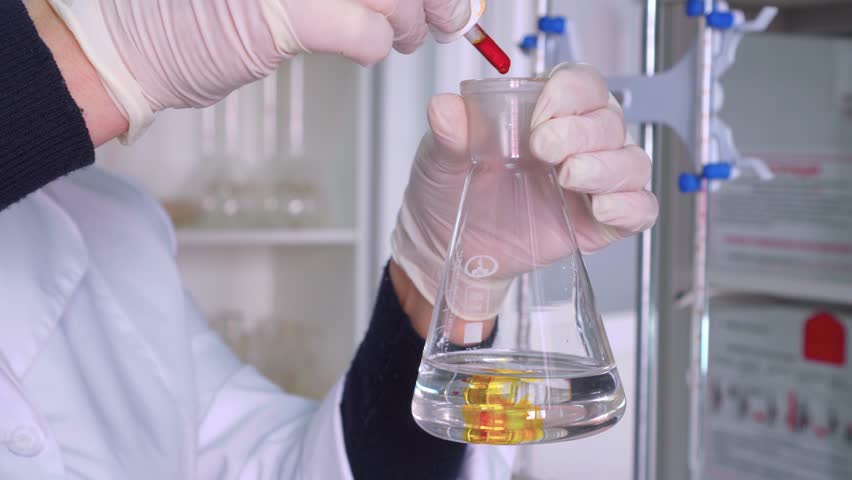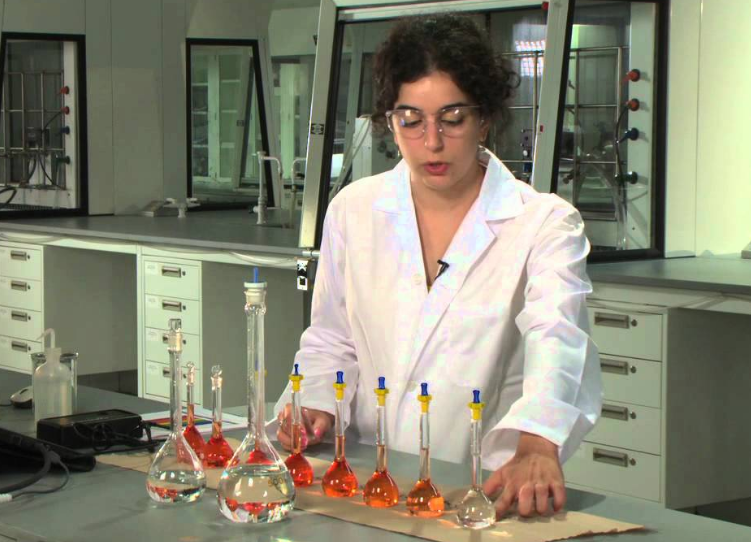Chromium is usually found in water polluted by industrial wastewater such as electroplating, smelting, tanning, textiles, and pharmaceuticals. Usually chromium exists in water in trivalent and hexavalent forms. Hexavalent chromium is more toxic than trivalent chromium and has carcinogenic hazards. Therefore, my country stipulates that the content of hexavalent chromium in drinking water shall not exceed 0.05mg/L. Generally, the specific parameters of chromium in water quality can be detected by spectrophotometry and atomic absorption method.

Determination of hexavalent chromium by spectrophotometry
When using spectrophotometry to determine hexavalent chromium, diphenylcarbazide (DPCI) is often used as a developer. Under slightly acidic conditions (1.0mol/LH2SO), purple-red complexes are formed. The color depth is proportional to the content of hexavalent chromium, and the maximum absorption wavelength is 540nm. The content of hexavalent chromium can be measured by standard curve method or related water quality testing equipment.
Factors that interfere with the detection of hexavalent chromium in water quality
Generally, low-valent mercury ions Hg+ and high-valent mercury ions Hg2+ can interact with DPCI to form blue or blue-violet complexes, but under the acidity conditions controlled in this experiment, the sensitivity of the reaction is not enough, so you should pay more attention to it.When the iron concentration is greater than 1mg/L, it is particularly easy to generate yellow compounds with the reagent, which will interfere with the whole hexavalent chromium determination. Analysts should pay special attention to the analysis by adding H1PO4 and Fe3+ coordination to eliminate interference.
In addition, pentavalent vanadium V+ reacts with DPCI to form a brownish-yellow compound, but the compound is very unstable. Generally, the color will fade automatically after 20min, so you don't need to consider it. However, a small amount of Cu2+, Ag, Au2 interferes with the analysis and determination to a certain extent.
If the molybdenum in the water is less than 100mg/L, it will not affect the experimental measurement, and the opposite reducing substances in the water will not interfere with the measurement.

Points to note when detecting hexavalent chromium
1. Before the water quality test, all experimental glassware should be cleaned. It should be noted that potassium dichromate cannot be used. It can be washed with a mixture of nitric acid or sulfuric acid. After cleaning, it should be cleaned with pure water. In addition, the glass should be guaranteed. The surface and inner wall of the utensil are clean and complete, and the inner wall must not be scratched to prevent chromium from being adsorbed on the inner wall surface.2. There are two concentrations of chromium standard solution during testing. The hexavalent chromium standard solution of 1μg/mL is suitable for low-concentration water samples. If it is a high-concentration water sample, another concentration of chromium standard solution is required. .
3. When diphenylcarbazide reacts with hexavalent chromium, the acidity of the color should be controlled within 0.05-0.3mol/L. The color rendering effect is best when the acidity is 0.2mol/L.



